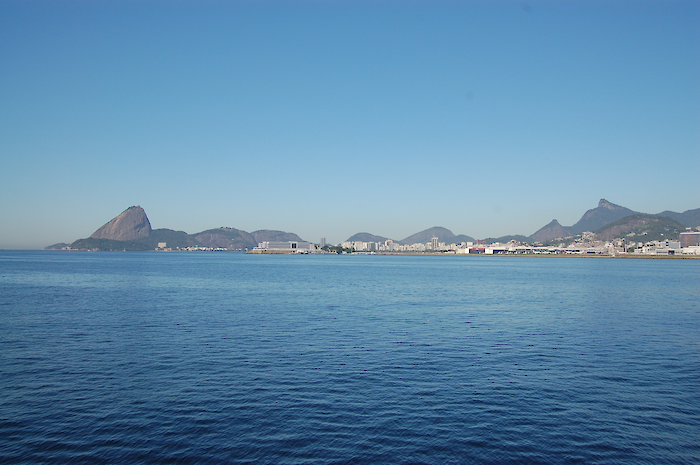
Total phosphorus is an indicator of too much phosphorus in the water. Phosphorus attaches to sediment particles, so phosphorus and sediment pollution are linked. Phosphorus is an essential nutrient for all plants and animals. But too much phosphorus in the water causes algae to grow in large, dense algal blooms, which depletes oxygen for fish and other marine organisms.
How is it measured?
Guanabara Bay
Total phosphorus was measured at approximately 20 stations between 2013-2015. The proportion of time that total phosphorus was below the threshold at each station was calculated and then spatially averaged into reporting regions.
Data is provided by INEA.
Each sample is compared to a threshold to calculate a score from 0 to 100. All sample scores are averaged for each sampling location to reach a station score. All stations in each region are averaged to a region score. All regions are averaged to the overall indicator score.
Threshold levels
The total phosphorus threshold for the Bay is 0.093 mg/l which was determined using the Class 2 Saline value from the National Council of the Environment (CONAMA).
